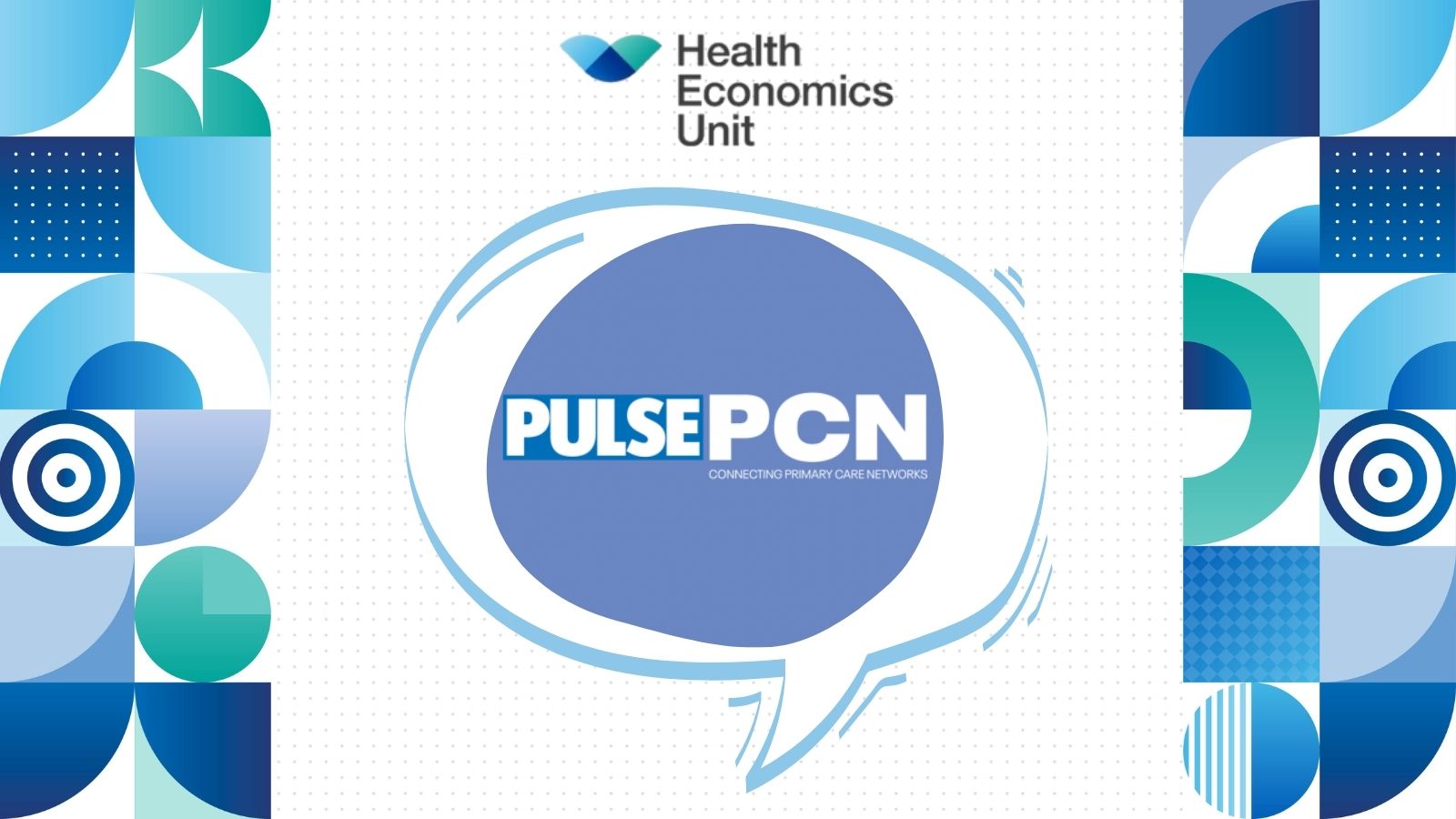The Health Economics Unit’s director, Andi Orlowski, recently spoke at the Pulse PCN London forum about how primary care networks (PCNs) can use their deep understanding of local populations to influence future health outcomes and address inequalities.
A one-day event focusing on the challenges and opportunities faced by primary care networks, the Pulse PCN London event gives clinical directors and senior PCN staff an opportunity to put their questions to a series of expert speakers. Here, Andi shares the key elements of his presentation on population health management.
What do we mean by population health management (PHM)?
Population health management (PHM) is a term that most people working within healthcare will have heard at some stage. But how many have a full understanding of what we mean by PHM and how it can be used to improve health and address inequalities?
PHM is an evidence-based technique for local health and care partnerships, including primary care networks (PCNs), to design new models of proactive and joined up care, delivering improvements in health and wellbeing which make the best use of collective resources.
Of course, we know that getting multiple organisations to work together – some with differing priorities, goals and ways of measuring success – is a real challenge. But we also know that better partnership working, using PHM, and joining up the right person with the right care, considerably improves patient outcomes, uses resources more effectively and reduces duplication.
The role of PCNs in shaping care
A fact that never ceases to surprise people is that around 80% of a person’s health outcome has been shown to be influenced by non-clinical inputs – for example, things like their housing, their finances, their education, their job or their local environment. These all play a part in the chances of someone living a long, happy and healthy life, and are known as the wider determinants of health.
This is why population health management requires a fully integrated approach across all parts of the health and care system. It’s important we help PCNs understand the critical role they play, not only in the delivery of care but also in their ability to share their deep understanding of local populations. PCNs can shape the care provided by local authorities, NHS providers, public health and beyond. If we are to address ‘health’ and not just healthcare, a wider understanding of what the population needs can only come from a local level.
The challenge for PCNs, and the wider health system, is in using PHM to identify which interventions are most likely to succeed for an individual, based on their wider circumstances and how interventions can be delivered in a way that is most likely to achieve a positive outcome. PCNs and organisations that have a deep understanding of their populations are best placed to direct and tailor care with maximum effect.
Understanding the impactibility gap
Unfortunately, it isn’t as simple as directing interventions to high-risk individuals. Following on from segmentation and risk stratification, impactibility is a relatively new element of population health management which looks at potential interventions and the impact they are expected to have for different groups of patients.
It can be used to help planners of care and support understand where to direct resources for the biggest impact over the longer term – and this isn’t always on those most at risk. In fact, there is a growing base of evidence to suggest that those most likely to benefit from an intervention over the course of time are often a completely different group to those who are most at risk. This is where a better understanding of the wider determinants of health can help PCNs target their interventions more effectively.
Are there ever acceptable inequalities?
The final part of my presentation included an introduction to the concept of allocative efficiency, which is all about allocating resources in such a way that the maximum benefit is achieved from existing budget or resources. It encourages Integrated Care Systems (ICSs) and the organisations within them to think more holistically about whether they are investing in the right mix of services to address the true needs of their population as a whole.
This includes using all the different tools at their disposal to work out where they can have the biggest impact on the most people. Clearly budgets only stretch so far and in dividing resources between different levels of healthcare, difficult decisions will have to be made and some inequalities may have to be accepted in a trade-off between equity and efficiency.
Ultimately these kinds of decisions will be made at ICS level, but PCNs are critical to successful PHM. Any ICS that does not engage with its PCNs will struggle to have a real understanding of its populations and will miss the key element of tailoring care. My key message for PCNs is that they must make sure they are heard and have an opportunity to shape care for the population they serve.
Further information
To find out more about how you can use your local knowledge to improve population health, please contact us.
Meet Andi Orlowski.
